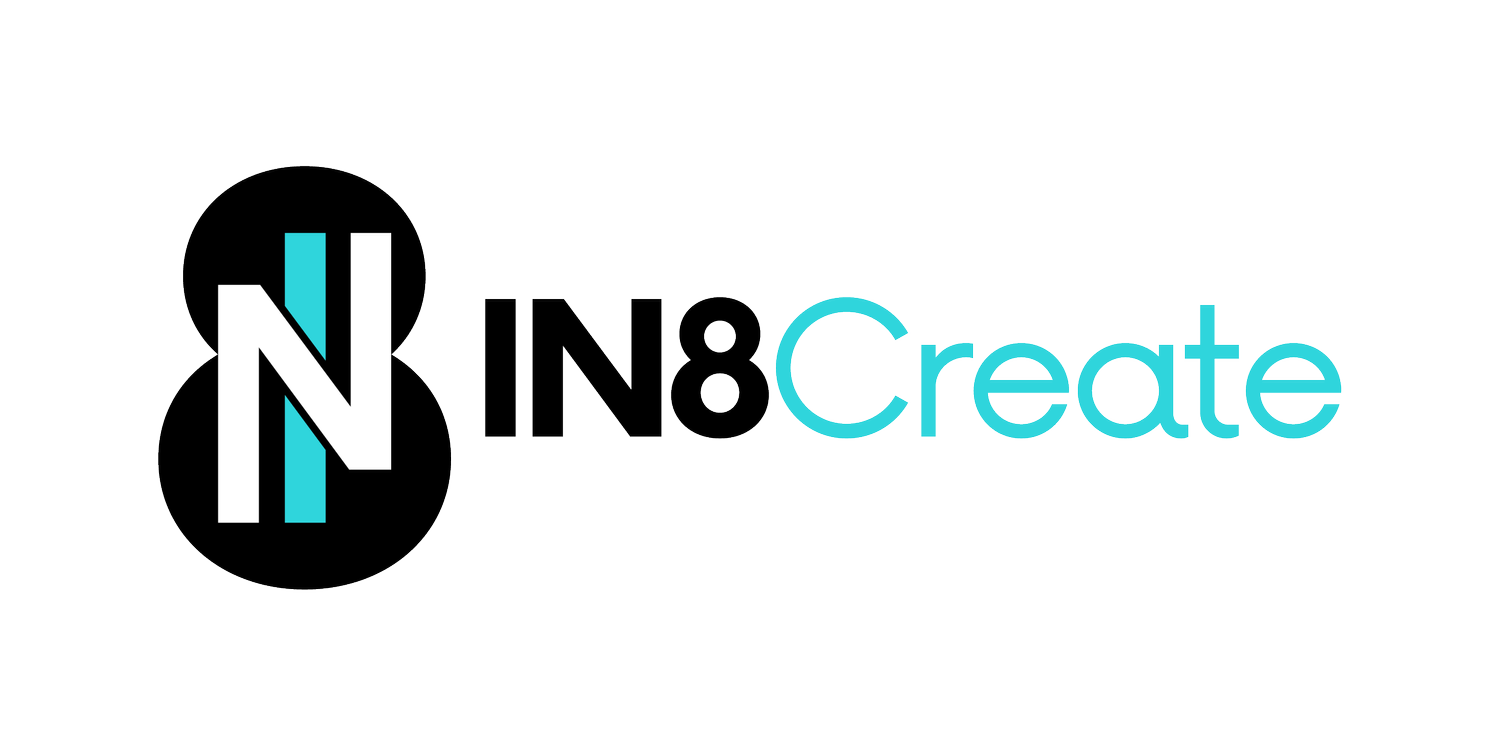Teams and Systems Thinking
To See The Puzzle You Have To Understand How The Pieces Fit Together
Ever watched a group of talented individuals struggle to perform as a team? Or seen a high-performing team at odds with their organization's mission?
As noted in the book "Systems Thinking," "When a subsystem's goals dominate at the expense of the total system's goals, the resulting behavior is called suboptimization." This concept offers a powerful lens for understanding team dynamics and organizational effectiveness.
The Suboptimization Trap
We've all experienced the brilliant individual contributor who doesn’t collaborate, the team that excels at its goals while creating problems for other departments, or the division that hits all its metrics while the company struggles.
Consider a software development team that is incentivized to ship new features quickly. They meet their targets consistently, earning praise and bonuses. However, because they're rushing, their code requires extensive maintenance after release, creating an enormous burden for the support team and ultimately frustrating customers.
Both teams are doing what they're incentivized to do, but the system as a whole suffers.
When Cells Become Cancer
Another powerful quote from “Systems Thinking” highlights the danger: "If a team member is more interested in personal glory than in the team winning, he or she can cause the team to lose. If a body cell breaks free from its hierarchical function and starts multiplying wildly, we call it a cancer."
In healthy organizations, every component understands its role within the larger system. When that alignment breaks down, the entire organism suffers.
The Individual-Team-Organization Balancing Act
Here's the challenge: we need to recognize and reward individual and team excellence. Yet we must simultaneously ensure that this excellence serves the organization's broader purpose.
This balancing act requires:
Clear visibility of how individual work connects to team outcomes and how team outcomes support organizational goals
Aligned incentives that reward both excellence at one's immediate responsibilities and contributions to the larger system
Feedback loops that quickly identify when optimization at one level creates problems at another
Seeing the Whole System
Our newest workshop, team.build().accelerate(), directly addresses this challenge by helping teams visualize and understand their place in the organizational ecosystem.
Through hands-on LEGO® Serious Play® methodology, teams build physical models representing:
Their interfaces with other teams and stakeholders
The inputs they require and outputs they produce
Constraints that shape their work
How value flows through the organization
This tangible approach allows teams to literally see the bigger picture and identify win-win scenarios that optimize the entire system, not just their part of it.
Turning Zero Sum to Win-Win
The real transformation happens when teams shift from "How do we maximize our success?" to "How do we succeed in ways that help others succeed too?"
This doesn't mean sacrificing excellence or accountability. Rather, it expands the definition of success to include supporting the larger system.
Consider how differently our software team might operate if their metrics included not just feature delivery, but also post-release maintenance requirements, customer satisfaction, and impacts on other teams. Their approach would naturally become more systemic.
Building Systems Literacy
Systems thinking isn't intuitive for most people. We naturally focus on what's directly in front of us. That's why deliberate effort to build systems literacy pays such enormous dividends.
Teams that understand systems principles:
Make better decisions because they consider ripple effects
Collaborate more effectively with other teams
Identify and address root causes rather than symptoms
Create sustainable solutions rather than quick fixes that create long-term problems
Seeing Your System Clearly
Teams are systems nested within larger systems. The better we understand these interconnections, the more effectively we can optimize performance at all levels.
If your organization struggles with siloed thinking, misaligned incentives, or friction between teams, systems thinking provides a powerful framework for improvement.
Contact us today to learn how team.build().accelerate() can help your team see the system they're in, understand their role within it, and create value that resonates throughout your organization.
Ready to transform how your teams think about their work and relationships? We have facilitators in New York City, San Francisco, Austin, Tampa Bay, Las Vegas, Los Angeles, Tampa Bay, San Diego, and more! Contact us for more information and session options.



